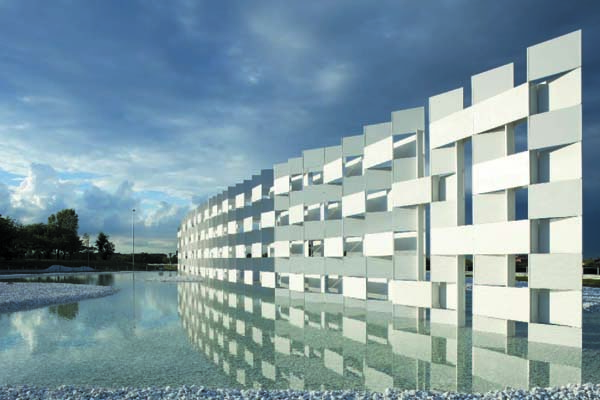Made from environmentally friendly post-formable plywood, for the 2011-12 Hong Kong & Shenzhen Bi-City Biennale of Urbanism/Architecture, the Dragon Skin Pavilion marries the most up-to-date fabrication technologies with local industries of Hong Kong. The first version of the structure was designed and built at the Tampere University of Technology by students in the autumn of 2011. The pavilion was built in 8 days. An international team of material and structural engineers have built the second version For the Hong Kong Biennale.
The Dragon Skin Pavilion was carefully designed to maintain balance between the regular, repetitive framework of the rectangular panels and their gradually irregular interconnections as they configure the overall shape. It comprised 163 plywood components manufactured in Finland at TUT and shipped to Hong Kong. The components were the result of a complex process involving the latest techniques in digital fabrication. A CNC-router was used to make a wooden mould in which pre-heated flat rectangular pieces were bent into shape. A computer programmed 3D master model generated the cutting files for those pieces in a file-to-factory process: algorithmic procedures were scripted to give every rectangular component their precisely calculated slots for the sliding joints, all in gradually shifting positions and angles to give the final assembled pavilion its curved form. A meticulously pre-choreographed montage sequence required all components to be uniquely labelled and numbered for assembling or dismantling the structure. Read the rest of this entry »

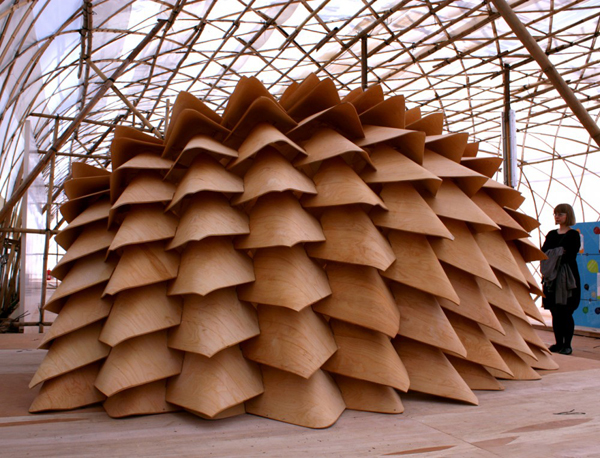
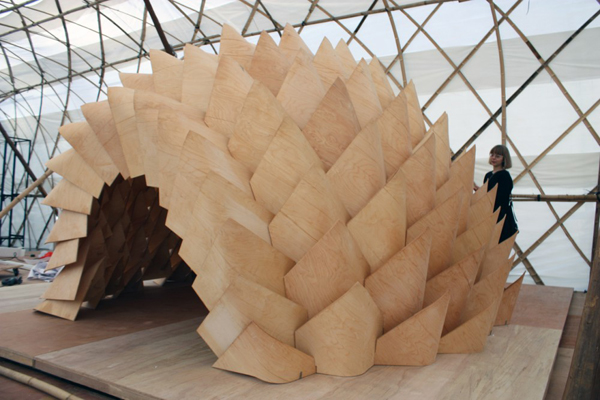
![[ours]_Hyper-Localization_of_Sustainable_Architecture_8](http://www.evolo.us/wp-content/uploads/2012/07/ours_Hyper-Localization_of_Sustainable_Architecture_8.jpg)
![[ours]_Hyper-Localization_of_Sustainable_Architecture_6](http://www.evolo.us/wp-content/uploads/2012/07/ours_Hyper-Localization_of_Sustainable_Architecture_6.jpg)
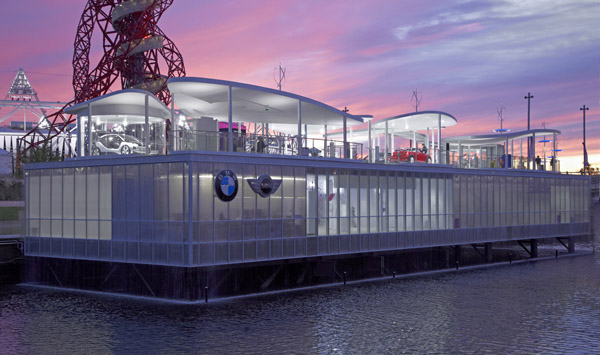
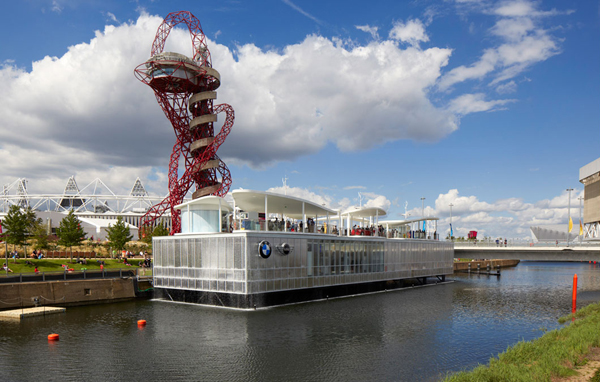
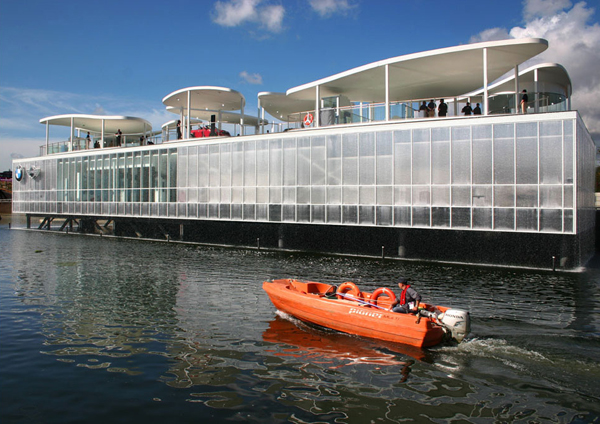
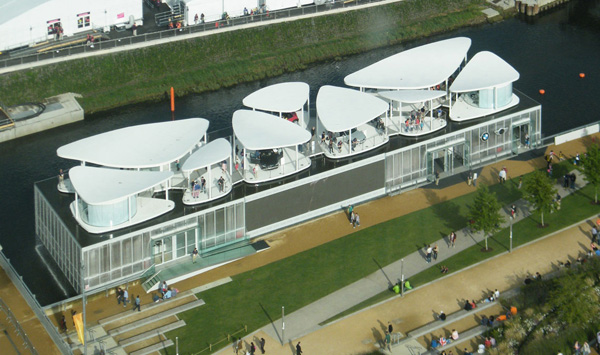
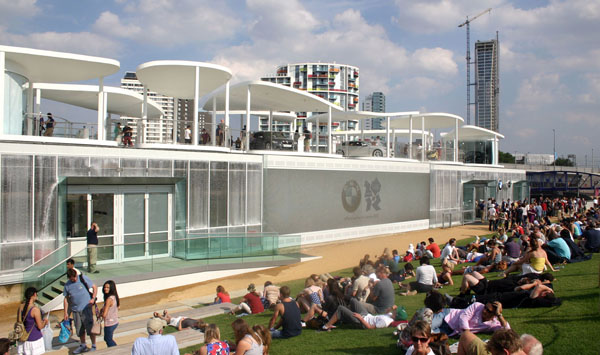
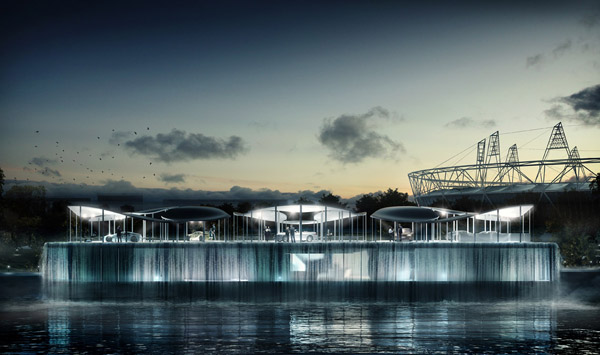
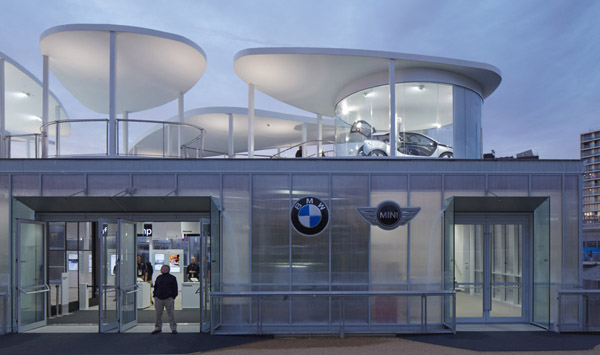
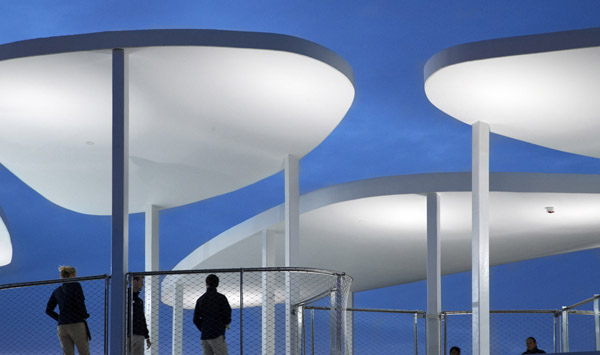
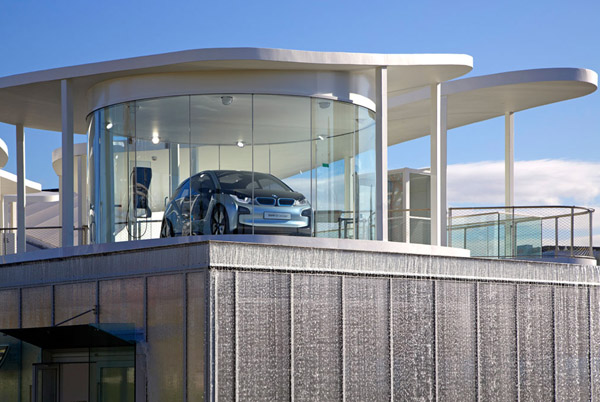
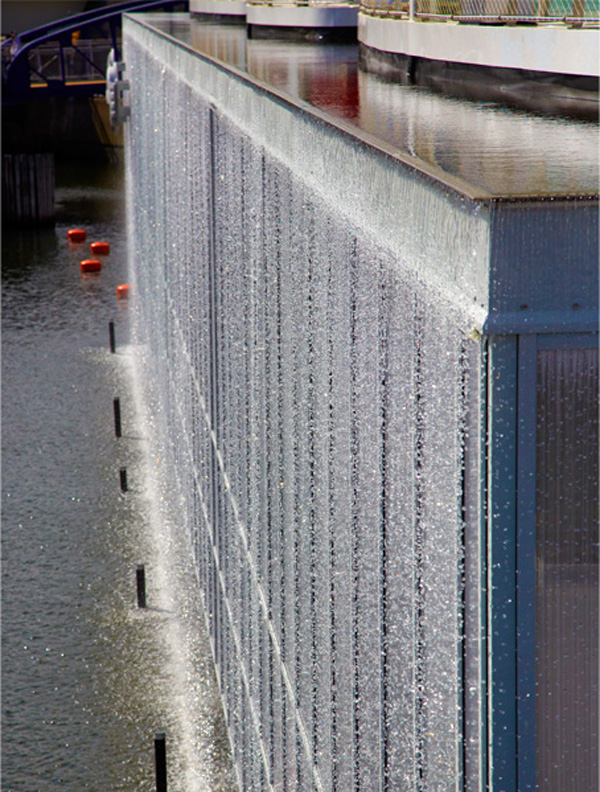
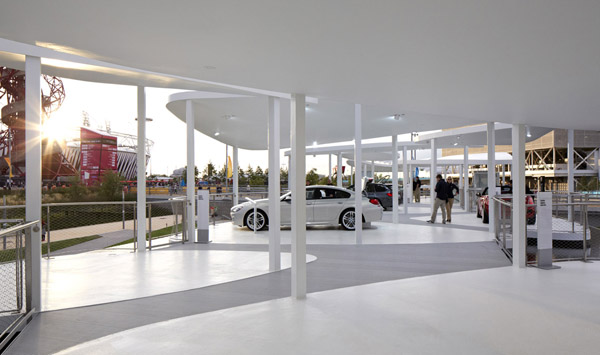
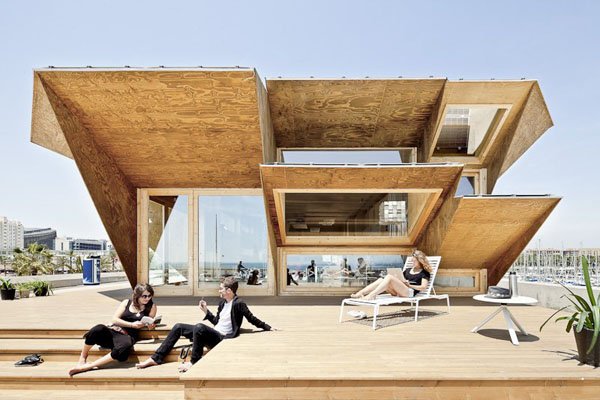
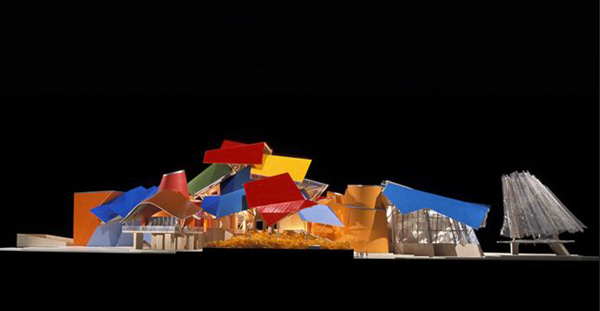

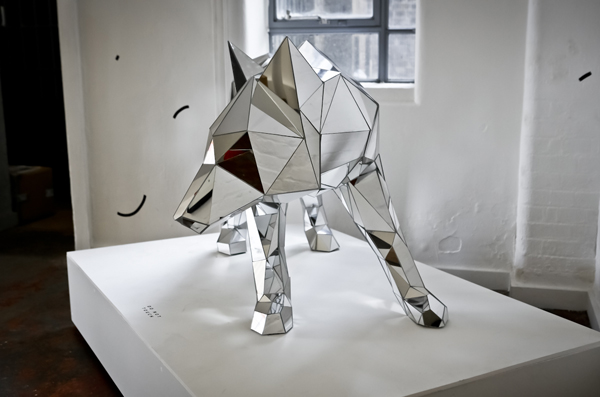

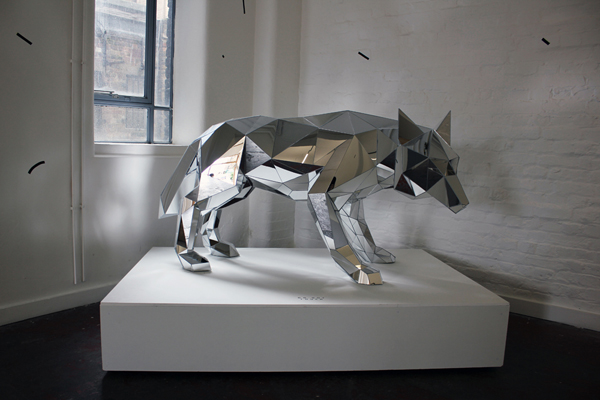
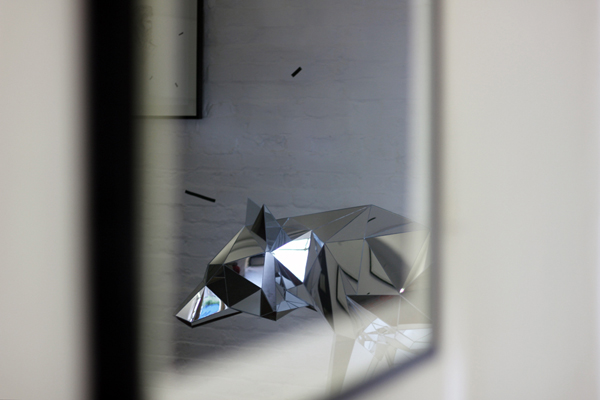
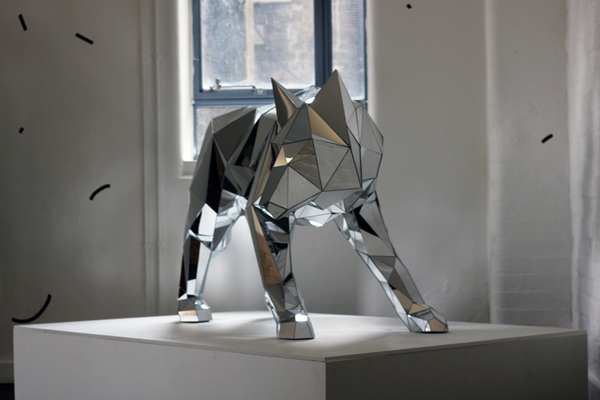
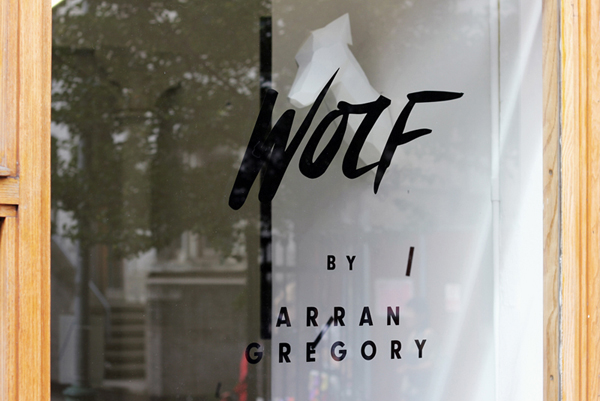
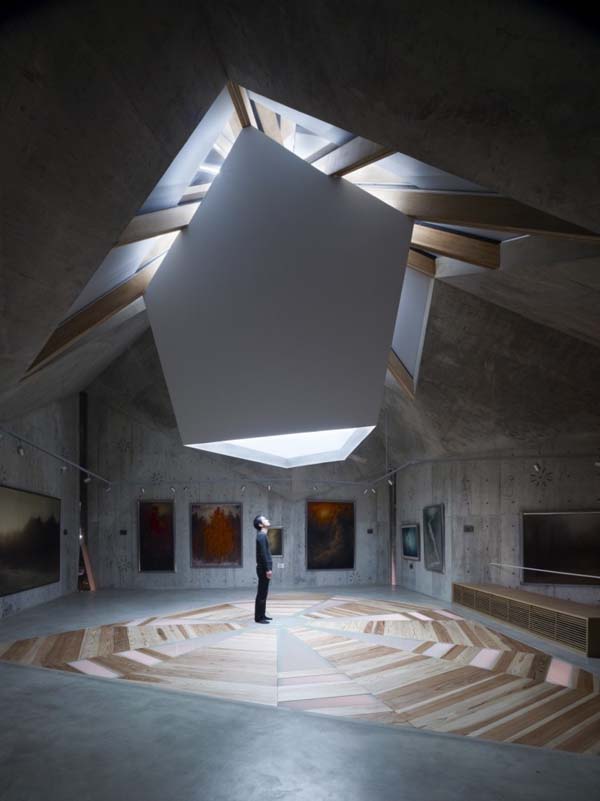
![[ours]_Hyper-Localization_of_Sustainable_Architecture_1](http://www.evolo.us/wp-content/uploads/2012/07/ours_Hyper-Localization_of_Sustainable_Architecture_1.jpg)

